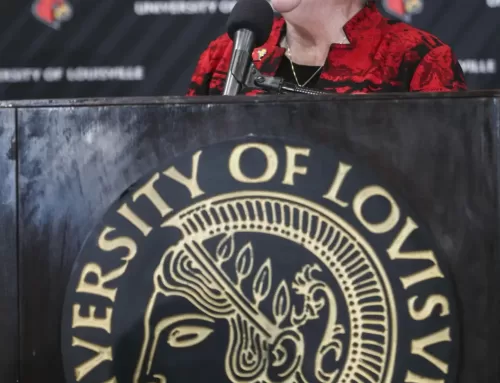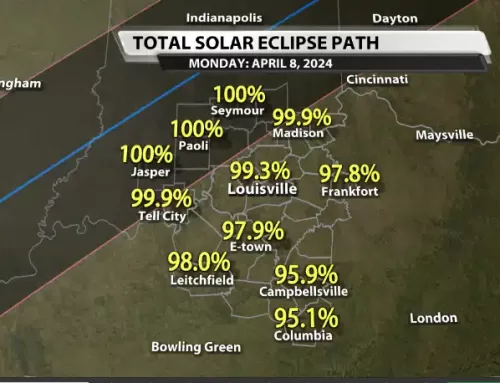By Cailtyn Crenshaw–
When Ashton Dowell started dating her boyfriend, who happened to be of a different race, in high school, she said her parents were “really supportive,” and “once they met him, they really just fell in love with him.”
And when college students go looking for love, they see race less and less.
In 2010, the number of interracial relationships reached an all-time high, accounting for 8.4 percent of all marriages, compared to 3.2 percent in 1980. Interracial relationships are becoming increasingly accepted in society and, more specifically, in college.
Dowell, a freshman dental hygiene major, said, “It has really enriched my view of the world and seeing different people for something other than what their skin looks like.”
As the millennials approach ages where dating and marriage are part of life, the occurrence of interracial relationships has the pote
ntial to increase.
According to the 2011 census data, an estimated 4.5 million married couples in the country are considered interracial.
Alexi Lyninger said, “I’ve had interracial couples in my family ever since I was a little kid, so I’ve always seen it as a little more acceptable.”
Lyninger, a senior Spanish major, said, “I don’t think that it turns heads like it used to.”
Interracial couples may not turn heads as in the past decades; however, these couples still face obstacles in their relationship solely due to their different races coming together.
Dowell said the biggest challenge “was my parents.” Unlike Lyninger, who has experienced interracial relationships in her life before adolescence and college, “no one in my family had gone against the norm of society,” said Dowell. With time, Dowell’s parents accepted Dowell’s relationship. She said, “They saw that he treated me well, and we really get along well.”
As college students enter interracial relationships, with or without the blessing of their families and friends, the definition of a relationship is developed individually. College students “might be willing to accept cultural differences and not have the same stereotypes… the same stigmas,” said Lyninger.
Also, students, while developing their academic abilities, “are developing their own independence and thoughts on what a good relationship is,” said Dowell.
Since coming to U of L and coming to the city, Dowell has experienced less turning heads due to the contrast in skin color between her and her boyfriend, Kevin.
“The main thing is just discrimination more of when I was in my hometown just for the simple fact that they weren’t used to it. They thought that it was betraying the norm,” said Dowell.
“An interracial couple might face some of the challenges as say an interfaith couple,” said Lyninger. The differences seem to be weighted equally in the minds of younger generations. Lyninger said, “I think that more people are more accepting particularly from a younger demographic.”
With a widened view of the world and increasing tolerance from millennials in interracial relationships, the coming generations have the potential to build on the tolerance and acceptance that has begun to take root in society regarding interracial relationships. Dowell said, “Not to look at the person from the outside but from the inside is what I really hope [my children] gain.”
[email protected]
Photos: Caitlin Williams/The Louisville Cardinal





